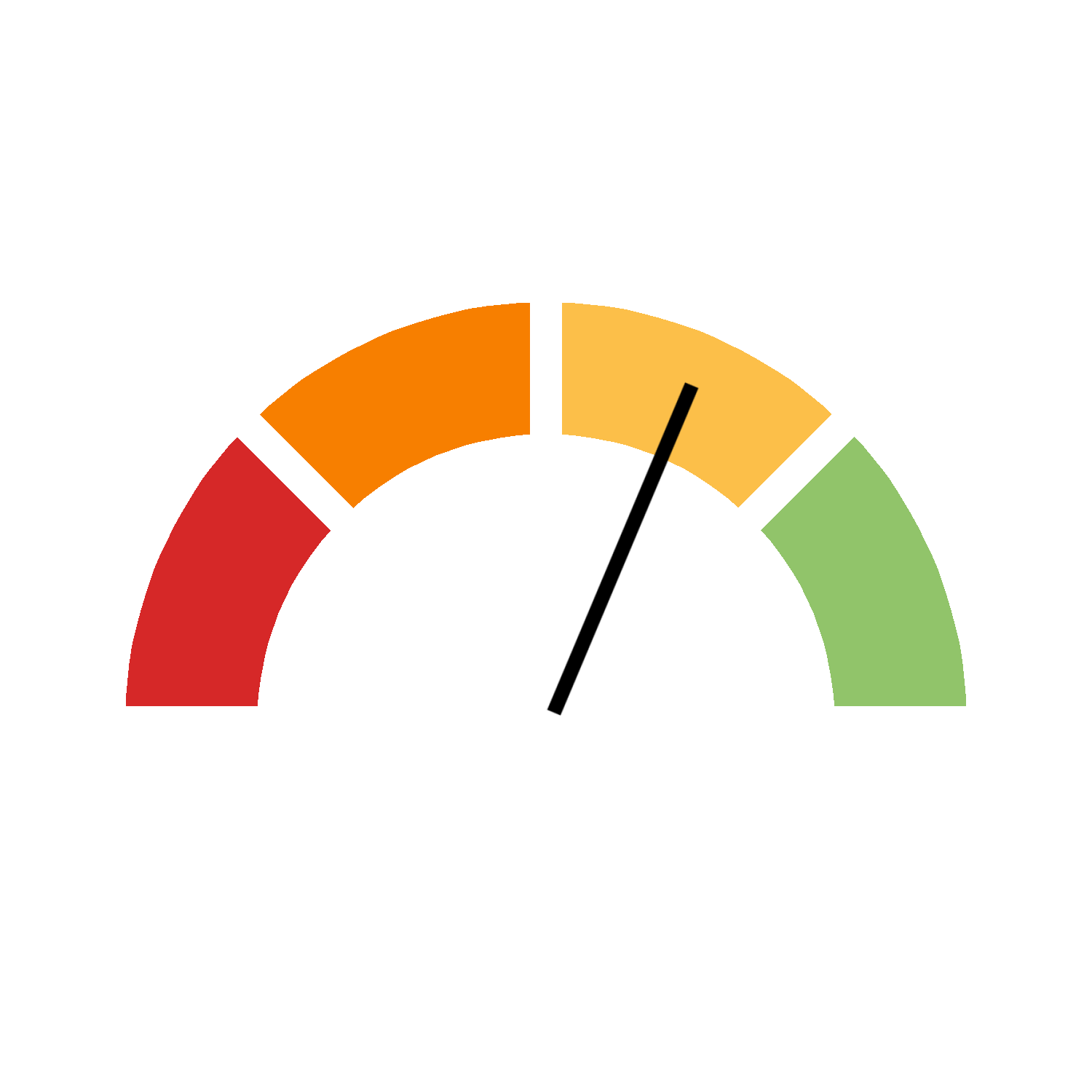The table below contains more information regarding the indicator.
| Indicator name |
Gini Coefficient |
|---|---|
| Target |
No specific target |
| Indicator description |
This indicator measures the Gini coefficient. The Gini coefficient is a number between zero and one that measures the relative degree of inequality in the distribution of income. |
| Geographical coverage |
Canada (excluding territories) and provinces |
| Unit of measurement |
Number |
| Calculations |
The Gini coefficient would register zero (minimum inequality) for a population in which each person received exactly the same adjusted household income and it would register a coefficient of one (maximum inequality) if one person received all the adjusted household income and the rest received none. |
| Comments and limitations |
It covers all individuals in Canada, excluding persons living on reserves and other Aboriginal settlements in the provinces, the institutionalized population, and households in extremely remote areas with very low population density. Overall, these exclusions amount to less than 2 percent of the population. |

